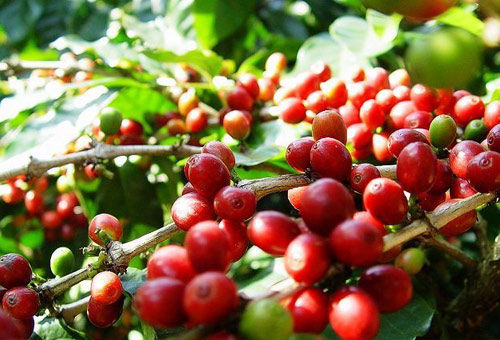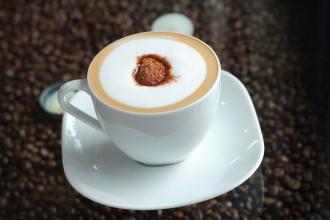Three kinds of Falim Coffee Fine Coffee treated by Water washing, Solar washing and semi-washing
The term "fine coffee" was first put forward by Ms. Knudsen of the United States in Coffee and Tea magazine. At that time, Ms. Knudsen, as a coffee buyer of B.C. Ireland in San Francisco, was very dissatisfied with the neglect of the quality of raw coffee in the industry, and even some big roasters mixed a large amount of Robesda beans in the comprehensive beans, so she put forward the concept of fine coffee to advocate the improvement of the quality of the industry. This term is used to describe coffee beans with distinctive flavor characteristics that grow in a special environment. Its use in international coffee conferences makes it spread rapidly.
Limu grows in the southern western highlands of Ethiopia (the border between Shewa and Sidmo provinces) east of Jima and north of West Dharma. it is preferred by most Europeans and Americans at an altitude of 3600-6200 feet. Its annual output is about 110000bags/60kg, and most of the beans are round (15/16scr). It is bluish in color and bluish in color, and the export is mostly G2 grade. It tastes like Yegashev, but its viscosity is thin. But the flower and fruit taste is obvious, the sour taste is softer than Yegashev, the more irritating acid, the aftertaste is similar to the wine, has a very good and balanced quality, this is more suitable for air flow medium baking, not suitable for deep baking, the better flavor after baking is two to three days. It is the only boutique coffee producing area in the west wall, with less output, mainly exported to European and American markets, and rare in Asia. There are three kinds of treatment: water washing, sun washing and semi-washing. For Europe and the United States, the ranking of water-washed Lim is second only to Yega Schiffe. The taste spectrum of Lim is different from that of Sidamo and Yega Schiffe, the consistency is obviously lower, and the performance of flower aroma and citrus acid is also lower than that of Yega and Cedamo, but there is a smell of grass and black sugar, and the fruit acid is bright.

Important Notice :
前街咖啡 FrontStreet Coffee has moved to new addredd:
FrontStreet Coffee Address: 315,Donghua East Road,GuangZhou
Tel:020 38364473
- Prev

Introduction to the taste of coffee bean varieties introduced by countries producing coffee beans
Dominican Republic: Barahona (Barahona) El Salvador, Pipil, Parkmara (Pacamara) Puerto Rico: Yauco Selecto, Grand Lares Yauco Colombia: Armenia Supremo, Narino, Medellin Ethiopia:
- Next

Introduction to the way Mexicans drink Aldumara Coffee
Mexican drinking editors are enthusiastic and optimistic, and the chocolates in Mexican coffee perfectly reflect this. There are different methods of Mexican coffee, but the main difference is whether it contains alcohol or not. let's first introduce the practice of non-alcohol. Heat a cup of milk, a teaspoon of cinnamon powder and a teaspoon of vanilla powder in a pot. Keep it at medium temperature. The heat is not too high, and the milk must not be too hot.
Related
- Does Rose Summer choose Blue, Green or Red? Detailed explanation of Rose Summer Coffee plots and Classification in Panamanian Jade Manor
- What is the difference between the origin, producing area, processing plant, cooperative and manor of coffee beans?
- How fine does the espresso powder fit? how to grind the espresso?
- Sca coffee roasting degree color card coffee roasting degree 8 roasting color values what do you mean?
- The practice of lattes: how to make lattes at home
- Introduction to Indonesian Fine Coffee beans-- Java Coffee producing area of Indonesian Arabica Coffee
- How much will the flavor of light and medium roasted rose summer be expressed? What baking level is rose summer suitable for?
- Introduction to the characteristics of washing, sun-drying or wet-planing coffee commonly used in Mantenin, Indonesia
- Price characteristics of Arabica Coffee Bean Starbucks introduction to Manning Coffee Bean Taste producing area Variety Manor
- What is the authentic Yega flavor? What are the flavor characteristics of the really excellent Yejasuffi coffee beans?

